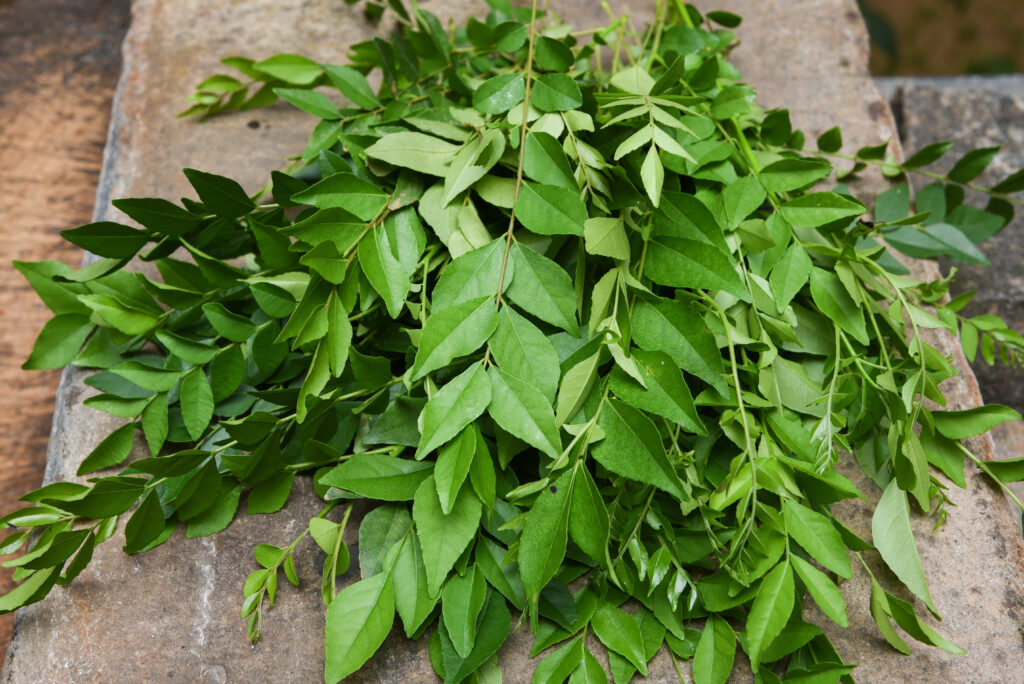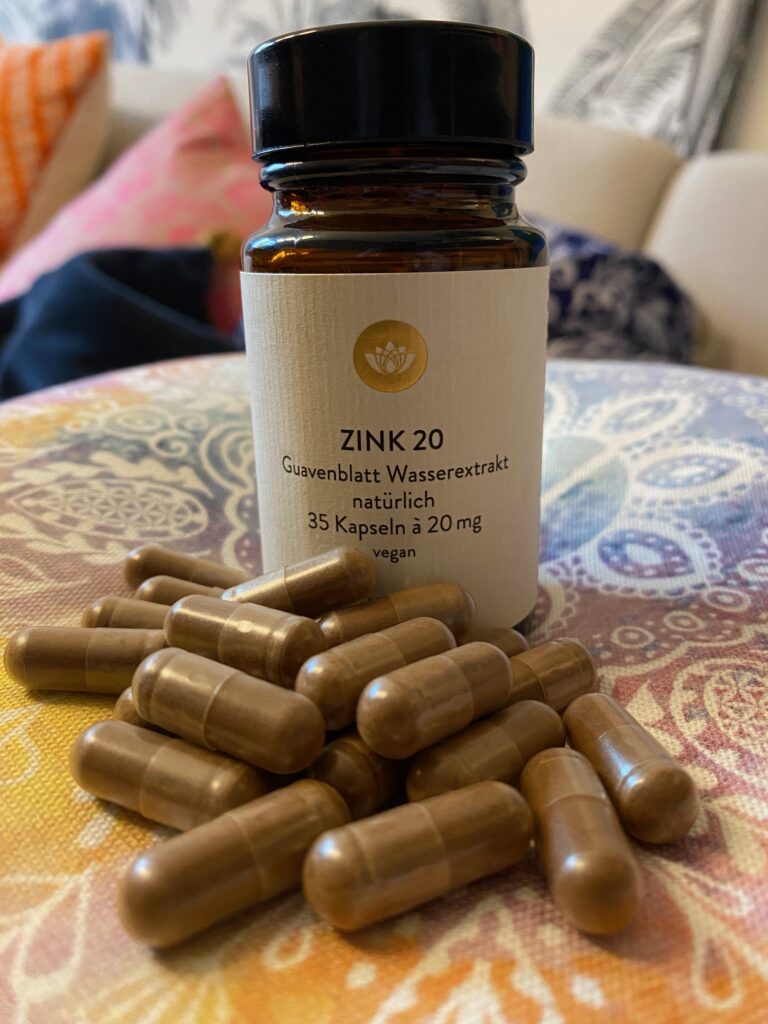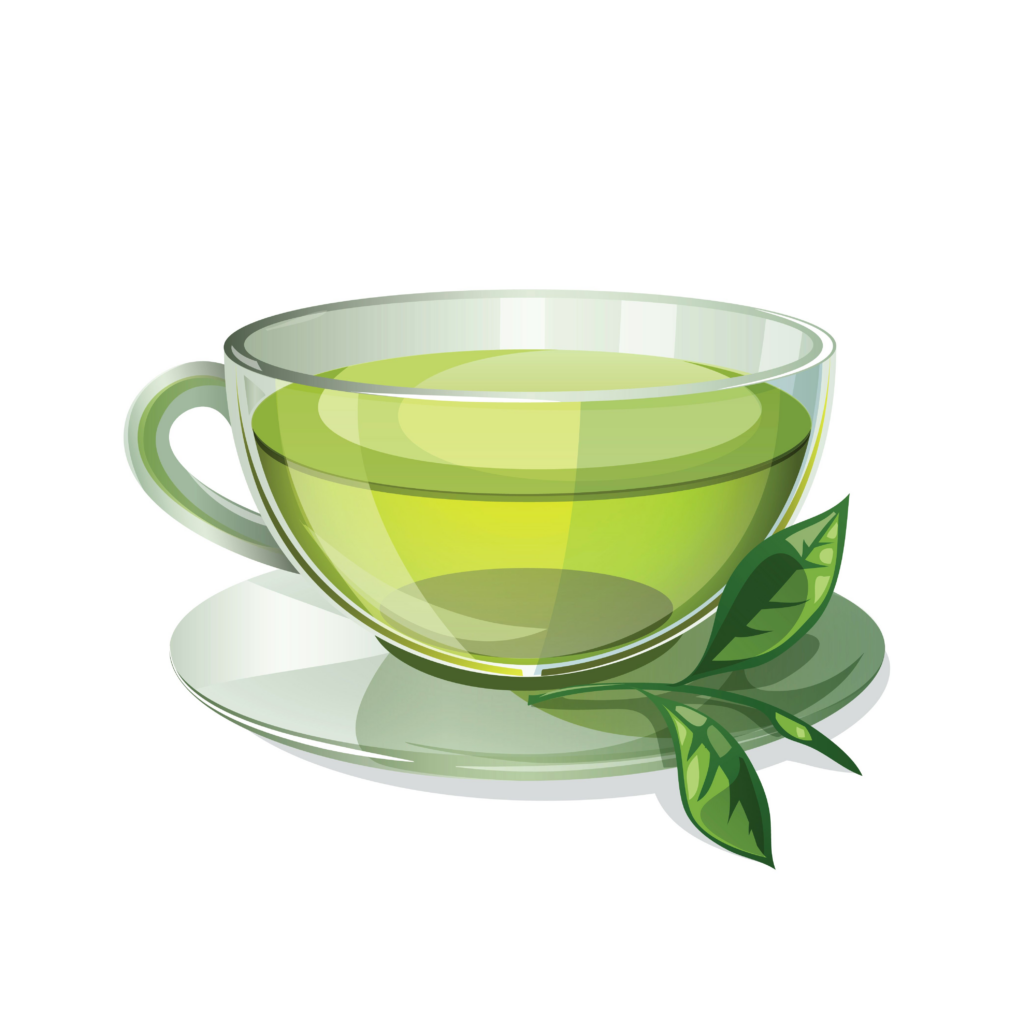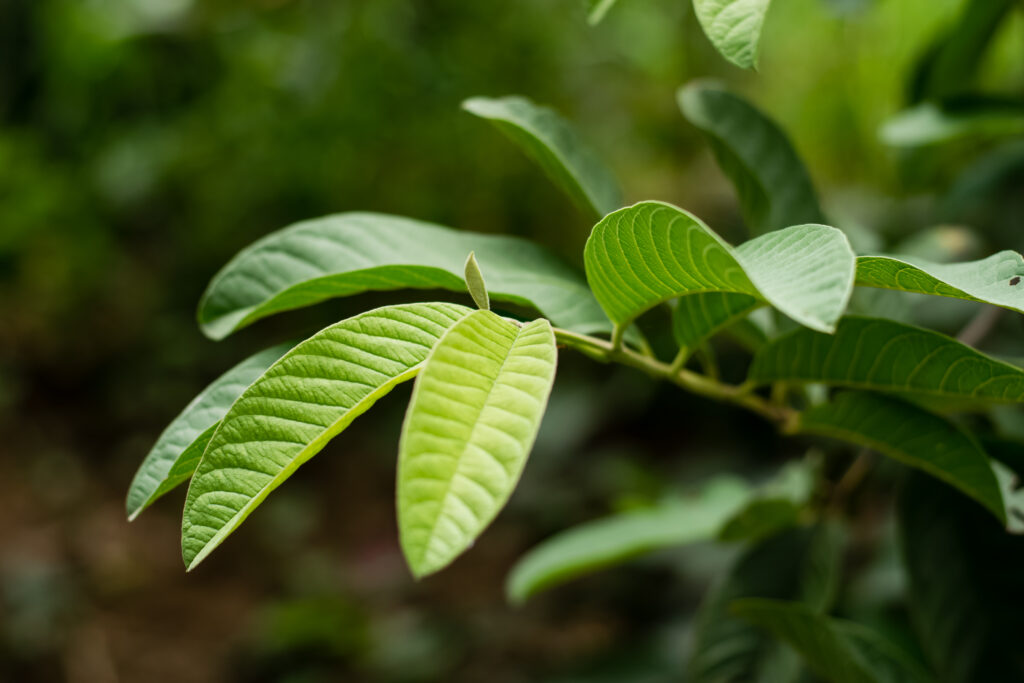As members of a tropical frugivorous species, we know the regenerative power of tropical fruits. But we might also start looking into tropical leaves, which are a substantial part of a natural, frugivorous diet. Tropical regions are known to have powerful herbs and herbalists for a good reason! Many pharmaceutical “researchers” go to the tropics to “discover” new molecules, which they then extract and alter to be able to patent them and sell them more expensive. But why don’t wen just get them straight from nature, in their natural composition, maximize benefits, and avoid the risks of taking in isolated molecules… 🙂
The rainforest has not only the greatest natural diversity it is also our natural biome, our earthly home. Our African forest origin might explain why the most powerful greens and fruits for medical purposes are discovered in the tropics. It’s a natural match. We have evolved with leaves from tropical trees as a food source and might have used them for eons for their beneficial properties. After all, tender tree leaves are a substantial part of the diet of apes! And chimpanzees have been observed to self-medicate with herbs in the wild!
Tropical leaves, roots, and herbs are part of a species-specific diet and have mind-blowing beneficial effects!
Besides being a fantastic source of minerals and nutrients, many leaves have anti-parasitic, anti-inflammatory, and other medicinal effects.

Curry leave extract, for example, is used to supplement iron.

Guava leave extract can be used to supplement zinc.
So what’s better than to learn from people living in tropical regions, which have a rich culture in how to use those “herbs”? Here’s what we can learn from the use of guava leaves in Brazil:
How to prepare your guava leaf tea
Put 1 teaspoon of dried guava leaves in one cup of hot water (80°C) and let it soak for 5-10 min.

Alternatively, try the more intense Brazilian guava leaf tea recipe where the leaves are boiled:
You need fresh or dried guava leaves: 5-6 fresh leaves per cup (equals ca. 2 teaspoons of dried leaves). Put the guava leaves in water. Let the water and leaves heat up until they boil. Let it boil for 3 to 5 minutes. The ideal point is when the boiling starts to release the characteristic aroma of the fruit. Then turn off the heat and let it steep for 10 minutes. After steeping, strain the tea to remove the guava leaves. Your guava leaf tea is ready to be enjoyed! Sip it while it’s warm.

Note: Do not use guava leaf tea if you have serious gastrointestinal issues, constipation, or for lactating or breastfeeding women. It should also not be used for children or the elderly. (source)
What are guava leaves known for in Brazil?
In Brazil, guava leaf tea is called “cha de folha de goiaba” and is praised for its “miraculous” effects as a home remedy, including helping with diarrhea and vomiting, weight loss, diabetes prevention, rejuvenation, and even as a dengue remedy. It’s also used as an antimicrobial agent in wound treatments, infections, and dental health. The high mineral content might just have to do with the anti-aging, beauty, immune- and fertility-boosting effects that it’s known for.
What does scientific research find about guava leaves?
Scientific research discovers more and more benefits of natural remedies of the tropics, which are much more powerful than we usually believe. No wonder many of the most effective drugs are based on tropical plants. But why use expensive isolates with intense side effects rather than go back to mother nature, which provides – for free – beautifully orchestrated compounds packed in one leaf, fruit, or flower? A more gentle way, which just awaits to be used.

A recent study on the nutritional profile of Kumar et al. (2021) found that guava leaves are a “rich source of various health-promoting micro- and macronutrients as well as bioactive compounds.” They contain essential oils, anti-oxidants, polyphenolic compounds, polysaccharides, proteins, minerals, and vitamins. Among them are calcium, phosphorous, potassium, sulfur, iron, boron, magnesium, and manganese, vitamins C and E, which all play an important role in health. This list is not complete, though!
Guava leaves have been studied for their various ethnobotanical and medicinal properties. A review study concludes that:
“…ethnomedicine applications of Psidium guajava L. leaves have been verified by several researches over the last decade against many disorders, demonstrating its potential in the treatment of the most common worldwide diseases.”
Díaz-de-Cerio, 2017
In particular, guava leaves have highly desirable properties, which fight an impressive list of conditions
- Parasites
- Infections, dengue fever
- Insulin resistance
- Conditions related to inflammation and immune system
- Tumors
- Conditions of the digestive system, diarrhea
- Circulatory system and hypertension
- Obesity
Those are “only” the ones that were investigated, but guava leave health benefits are sheer endless, as they contribute to overall health! Besides the nutritional richness, guava leaves contain bioactive compounds like quercetin, catechin, vescalagin, gallic acid, peltatoside, hyperoside, isoquercitrin, and guaijaverin (Díaz-de-Cerio et al., 2017).
If you are still not convinced about the power and importance of tropical fruit tree leaves like guava in our diet as tropical frugivorous species, I seriously do not know what will 🙂
Want to know more about the natural human diet? Check out our guide:
References
- 12 incríveis benefícios do Chá de Folha de Goiaba para Saúde (no date) Laboratório de Análises Clínicas Moraes. Available at: https://www.labmoraes.com.br/dicas/12-incriveis-beneficios-do-cha-de-folha-de-goiaba-para-saude (Accessed: 15 October 2023). (link)
- J. Shurkin, Animals that self-medicate, PNAS (2014). Available at: https://www.pnas.org/doi/10.1073/pnas.1419966111 (Accessed: April 4, 2023).
- Leterme, P. et al. (2006) “Mineral content of tropical fruits and unconventional foods of the Andes and the Rain Forest of Colombia,” Food Chemistry, 95(4), pp. 644–652. Available at: https://doi.org/10.1016/j.foodchem.2005.02.003.
- Author unkown (2021) Poderes Medicinais do Chá da Folha da Goiaba. Jardineiro Amador. Available at: https://jardineiroamador.com.br/cha-da-folha-da-goiaba/ (Accessed: 15 October 2023).
- Kumar, M. et al. (2021a) ‘Guava (psidium guajava L.) leaves: Nutritional composition, phytochemical profile, and health-promoting bioactivities’, Foods, 10(4), p. 752. doi:10.3390/foods10040752.
- Díaz-de-Cerio, E. et al. (2017) ‘Health effects of psidium guajava L. leaves: An overview of the last decade’, International Journal of Molecular Sciences, 18(4), p. 897. doi:10.3390/ijms18040897.



Add Comment